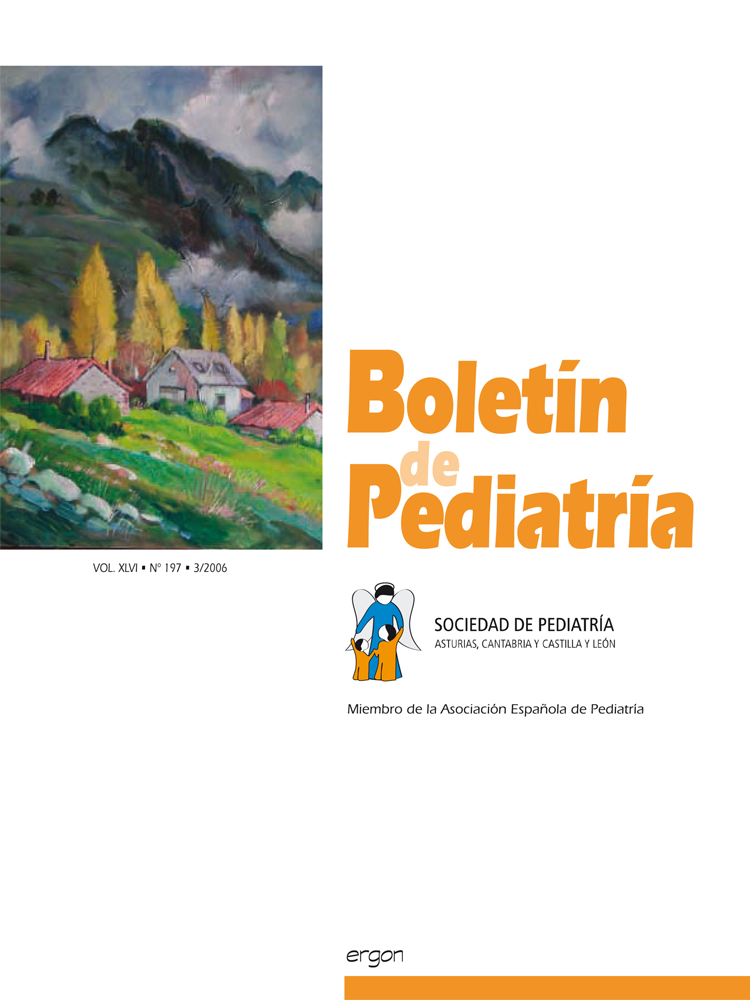Abstract
Patent ductus arteriosus (PDA) is a frequent disease in the premature baby. Intravenous Indomethacin is the standard treatment used to close the duct but recently intravenous ibuprofen has been prescribed as an alternative or even a firstchoice drug because recent type Aevidence has shown it to be equally effective although with less oliguria and a large percentage of chronic pulmonary disease( CPD). However, with this change of prescription a higher percentage of failures in new-born children treated with Ibuprofen has been perceived. This study attempts to compare Ibuprofen with Indomethacin and to assess their safety and effectiveness in treating PDA. Material and methods: a cross-sectional retrospective study was carried out that included the period 01/01/2000 to 31/12/2004. The cases of PDA diagnosed in premature babies with low birth weight were evaluated. Results: the results show that in those cases where the duct was closed by pharmacological means 62% were treated with indomethacin (over a three year period) and 38% with ibuprofen (over a two year period). The parameters of effectiveness show that the number of doses needed to close the duct is double for Ibuprofen and a new cycle of treatment is required. The percentage of cases where the duct reopened was 45% with ibuprofen as opposed to 11% with indomethacin and the number of cases where the PDA failed to close was also greater with Ibuprofen (9% compared to 0%). Other parameters such as the need to close the PDA surgically and the percentage of failures a week after the first close were similar for both drugs. As regards safety the parameters of CPD and the mortality of the new-born babies were unfavourable for Ibuprofen although there was no evidence of oliguria in any of the children treated.

This work is licensed under a Creative Commons Attribution-NonCommercial 4.0 International License.
Copyright (c) 2006 Boletín de Pediatría
